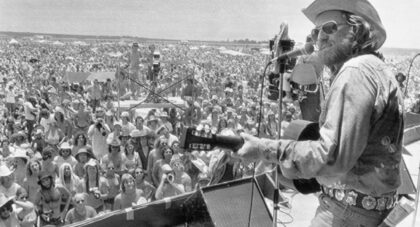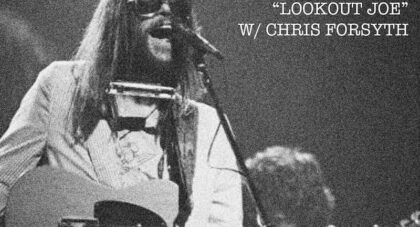Craig Leon spent the '70s helping define the sound of New York City's punk and experimental explosions. His new album, The Anthology of Interplanetary Folk Music Vol. 2: The Canon, features new recordings that return to the celestial focus of his album 1981 album "Nommos," blurring distinctions between minimalism, electronic folk, and New Age . . .
Only the good shit. Aquarium Drunkard is powered by its patrons. Keep the servers humming and help us continue doing it by pledging your support.
To continue reading, become a member or log in.


